This new cruise ship offers dolce vita decadence
Explora Journeys’ new fleet has a distinctly Italian flair. On the maiden voyage of its latest ship, Explora II, in the Mediterranean, the combination of deliziosa design, sensazionale food and virtuoso art and architecture on land is intoxicating.
In Rome, I was overwhelmed with a rush of boyish enthusiasm. I was setting off across the Mediterranean on a new ship, Explora II. We would hopscotch down the coast of Italy, and then to Malta, and across the Mediterranean to southern Spain. Cruise ships are a make-believe world, and that is why we love them, untroubled by the usual hassles of travel, untroubled by real life. I felt like Peter Pan on steroids, ready for my never-never world.
I spent the day in Rome before departure. It was 35 degrees, and I retreated into the cool ecclesiastical gloom of ancient Roman churches. In San Luigi dei Francesi, I met an earnest American woman smitten with Caravaggio. “So cinematic,” she cooed in reference to three works by the artist in the southern aisle. “Martin Scorsese came here for inspiration.” With his mastery of chiaroscuro, the dramatic contrast of light and dark, Caravaggio’s paintings were intense, dramatic, sometimes violent. Caravaggio was the Quentin Tarantino of the 17th century. His work was a serious slice of real life.
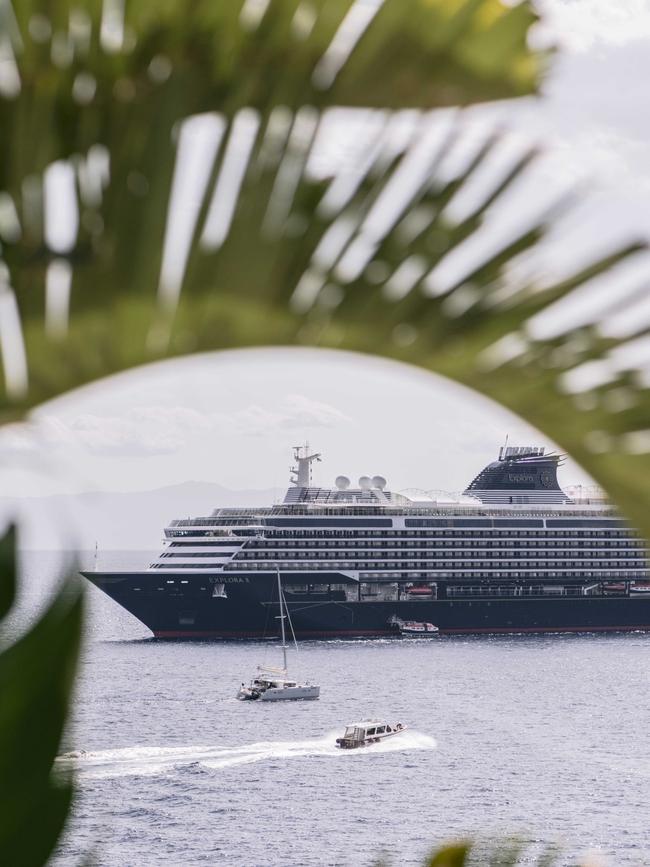
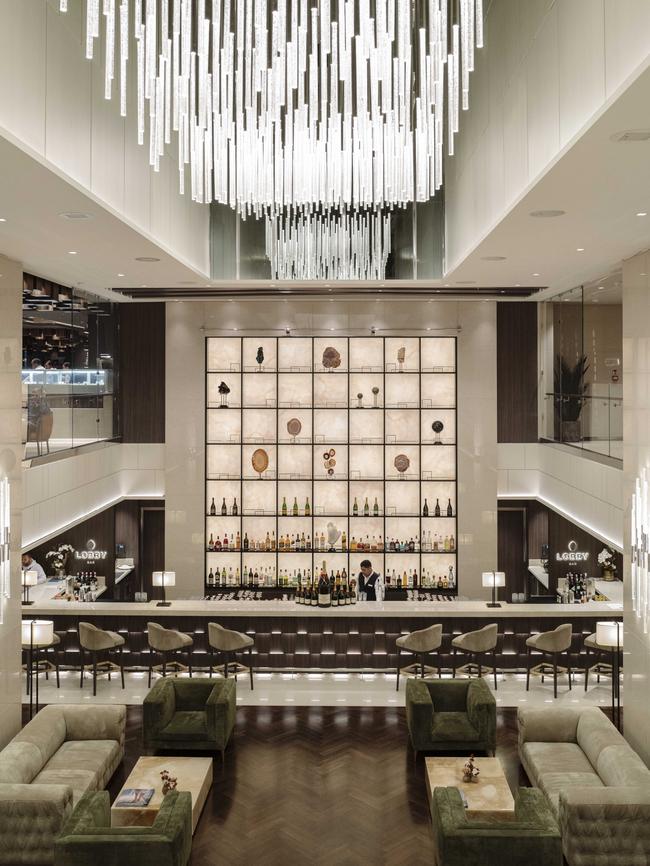
The woman asked me about the ship’s itinerary. “You can follow the paintings of Caravaggio,” she said. “Like stepping stones on your voyage. Don’t miss the two Caravaggios in the cathedral in Malta.” Her eyes glowed. “One is a beheading.” Beheadings were never far from Caravaggio’s mind. Not for him an effete lifestyle of artistic genius in the drawing rooms of his wealthy patrons. Caravaggio drank in taverns, consorted with prostitutes, got into brawls and served time in papal jails. It seemed he also played tennis. On a May afternoon in 1606, there was an argument on court; perhaps it was a dodgy line call. But Caravaggio didn’t just smash his racket. He killed his opponent. Sentenced to beheading by the papal courts, he escaped, hid under the bed of a princess for a few days, then fled the city, southward, the way I was going.
Up in Civitavecchia, Rome’s cruise port, I found Explora II among half a dozen more banal cruise ships. She looked ravishing, liveried in deep marine blue. The Explora line is the luxury cruise brand of the MSC Group, which is in the midst of a grand project to launch six new vessels. Explora I debuted in 2023 to much acclaim. Last September it was the turn of her twin; I was booked on her inaugural voyage. Two more ships are already under construction, with another two on the drawing board.
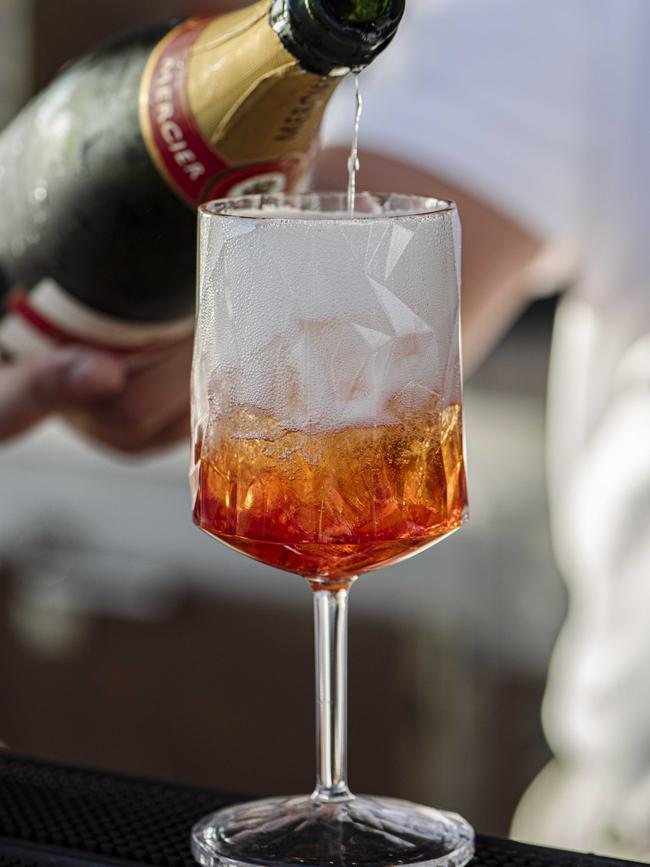

Though headquartered in Geneva, MSC remains essentially an Italian company. As with her sibling, Explora II’s designers and her crew are Italian, which goes a long way to explaining her glamour. Her makers wanted to evoke the sense of a private yacht – and it’s true she would not look out of place among the superyachts of Portofino – but she reminded me of the stylish liners that carried passengers to Europe before the age of air travel.
We sailed at 20:00 hours, swinging out into a rose-tinted Tyrrhenian Sea. I watched the sunset from the Sky Bar as stars began to appear. I was chatting to an innocent fellow guest about Caravaggio, his dark demons, his astonishing paintings. I realised I was droning on a bit. The chap was just trying to enjoy a quiet drink with his wife in the dream world of a luxury cruise ship. I was giving him beheadings in chiaroscuro darkness. I needed to get with the program.
Explora II typically sails overnight from 8pm to 8am, so guests can enjoy days ashore. She prides herself on the quality of her shore excursions, billed as “destination experiences”. There were excursions to Capri, to farmhouse lunches, to Mount Etna, to city tours of Syracuse, Sorrento, and Valletta. But more independent souls could dodge the coach parties. With the ship usually moored for a full day, there would be time to explore its ports of call on my own.
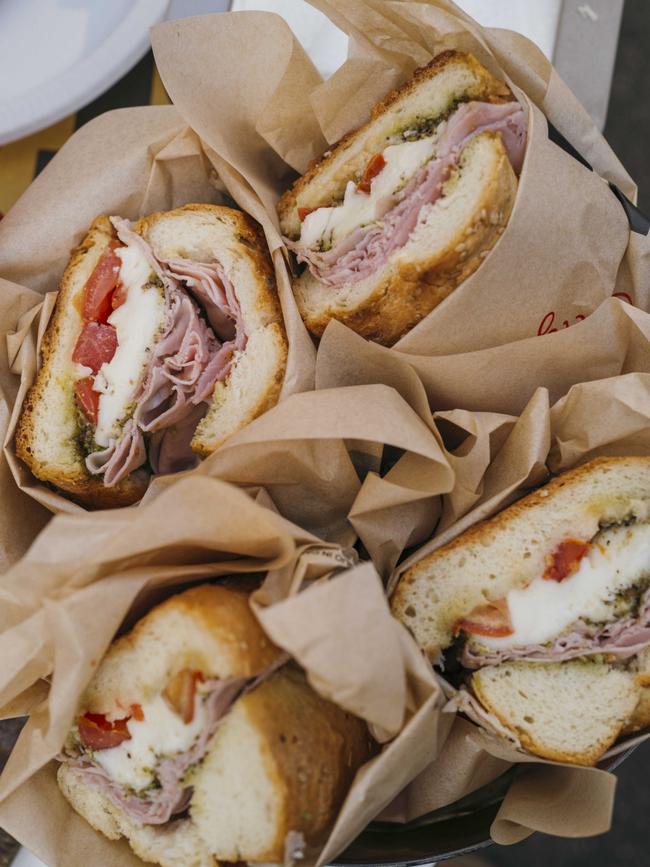
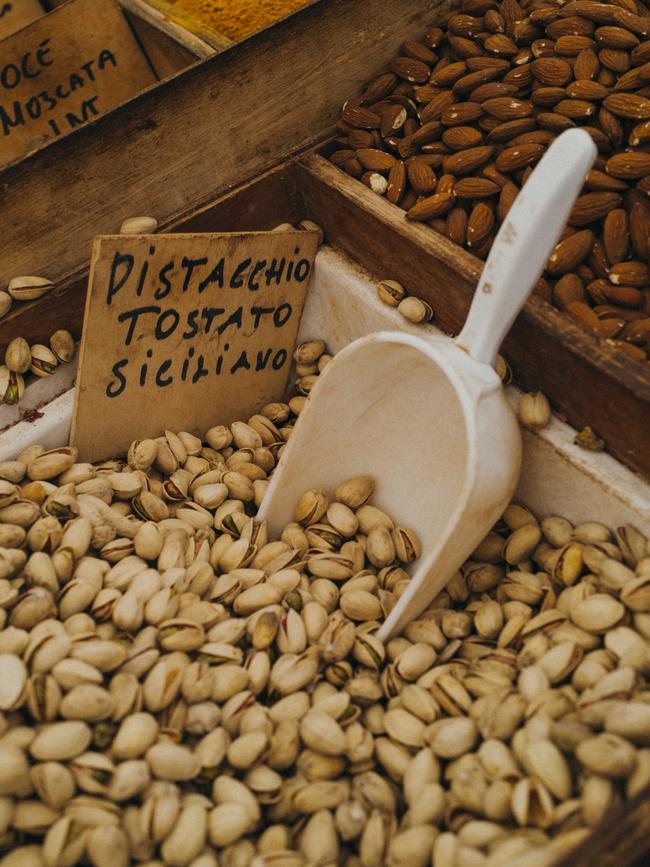
First stop was Sorrento, which sprawls along the top of its cliffs on the Bay of Naples, an ornate town of Belle Époque villas. In the 19th century it was the kind of place where people wintered, elegant, warm, slightly louche. I should really have spent the day there, maybe enjoying a slightly boozy lunch of spaghetti al limone, joining the passeggiata in the early evening. Instead I found myself on a crowded ferry crossing the bay to Naples, as though real life was dragging me back. On the run from his murder rap, Caravaggio had arrived in the city in 1606. He was safe here, at least temporarily, beyond the jurisdiction of the papal states. Naples was, and remains, his kind of town – chaotic, charming, maddening, coarse, beautiful.
I hurried through the deranged traffic, up alleys bannered with laundry and graffiti sketches of Maradona, the great god of football. In Naples, Caravaggio’s fame had preceded him, and he was soon much in demand. In the church of Pio Monte della Misericordia hangs his most spectacular Neapolitan work, The Seven Acts of Mercy, an enormous canvas almost four metres high. A crowd of contorted figures are eerily lit against his shadowy backgrounds. A falling angel emerges from a vortex of cloth and clouds. A woman suckles a bearded man. The grubby feet are all we glimpse of a corpse. Several dodgy characters are holding a naked hostage, crumpled at their feet. The painting was like a fever dream. I worried about Caravaggio’s mental state. The year after his arrival in Naples, he was on the run again, possibly from papal agents, possibly from figments of his own paranoia.
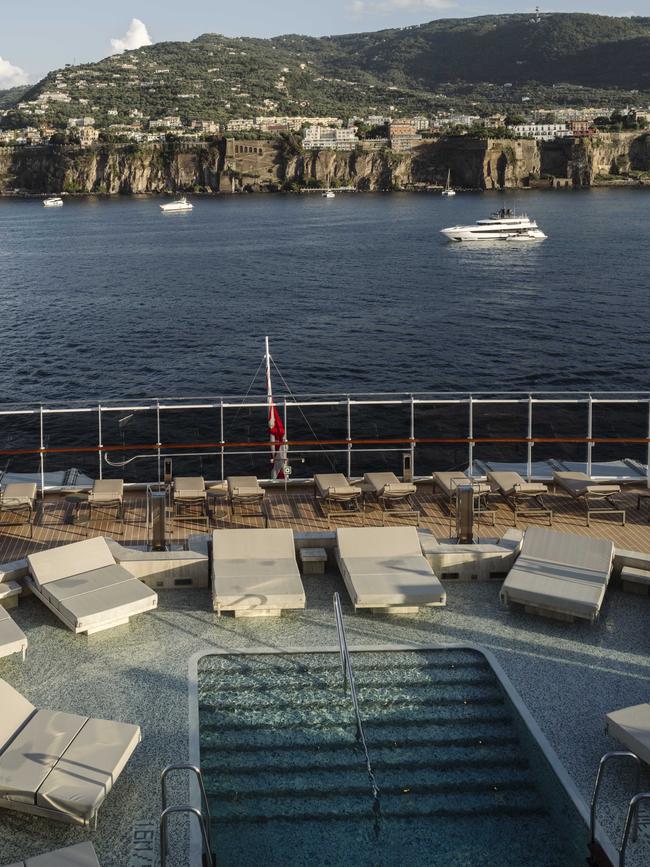

In the evening we weighed anchor and sailed for Sicily, leaving Mount Vesuvius in our wake. From the bow of the boat I watched flying fish scudding above the waves. Dolphins appeared in the twilight, riding off the port side. Explora II is designed to reduce underwater noise and thus any impact on marine mammals. Then I went for dinner in Sakura, a pan-Asian restaurant. It was like stepping into a Japanese tea house – all lattice screens, lacquer panels and a menu of exquisite sashimi.
The ship is a moveable feast. There are six restaurants, most leaning heavily on local Mediterranean ingredients under the curation of French chef Franck Garanger, among them the Italian-accented Anthology, and the formal French ambience of Fil Rouge. There is the more casual Med Yacht Club – big on sharing plates – with its nautical themes of ship models and black and white yachting pictures. Meanwhile, in Marble & Co Grill they serve a dozen cuts of steak cooked a dozen different ways. And in the welcoming Emporium Marketplace, you fall into the dangerous embrace of a vast buffet with several live cooking stations.
But all ships are really about the people who sail them. Explora II is blessed with a wonderful cast – waiters, butlers, room staff, guest services, bartenders, a hundred different nationalities, all gracious, helpful, and attentive. It probably helps that the crew-to-passenger ratio is 1:1.25, and that Explora has appointed Anna Nash, formerly of Aman and Rosewood, as president to ensure the kind of service expected in a top hotel.
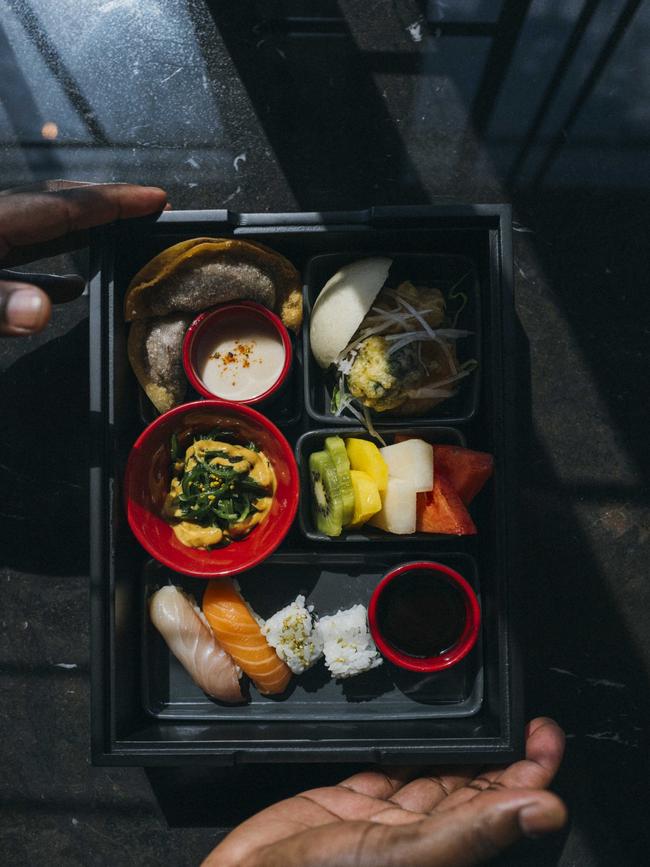
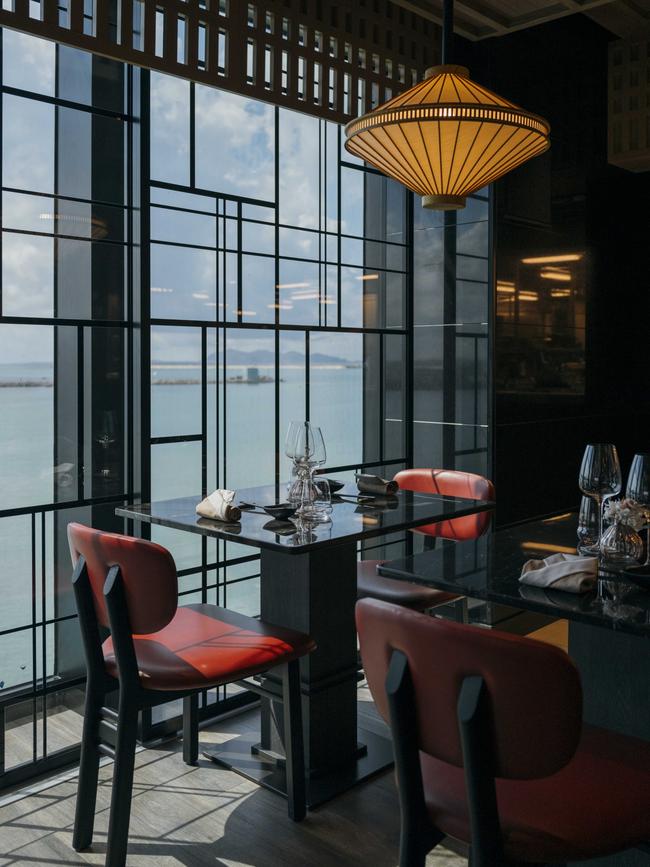
As for the ship herself, with furnishings by leading Italian designers, she is sophisticated, stylish, and elegant with a cool palette of muted colour, lashings of marble, a grand sense of space and light. There’s art at every turn – the sensual sculptures of Swiss-Egyptian artist Yves Dana, the work of Sicilian artist Emilio Isgrò with its literary references, and abstract landscapes by the late Chinese-French artist Chu Teh Chun. There are 461 spacious suites, all with ocean balconies, 12 bars and lounges, four swimming pools, a spa and a well-equipped fitness suite that seemed to silently reprimand me as I slunk past on my way to the buffet.
The next day, after sailing through the night, we were on Lipari, one of the Aeolian Islands. I climbed to the old citadel and lost myself in an ancient world of Greek and Roman theatrical masks, vases on which dancing figures were engaged in playful eroticism, and ranks of amphorae rescued from wrecks on the seabed. On my way back to the ship, I stopped for a haircut in the kind of old-fashioned barber shop that acts as a male social club. When I was a little indecisive about what I wanted, several elderly fellows emerged from behind newspapers to advise.
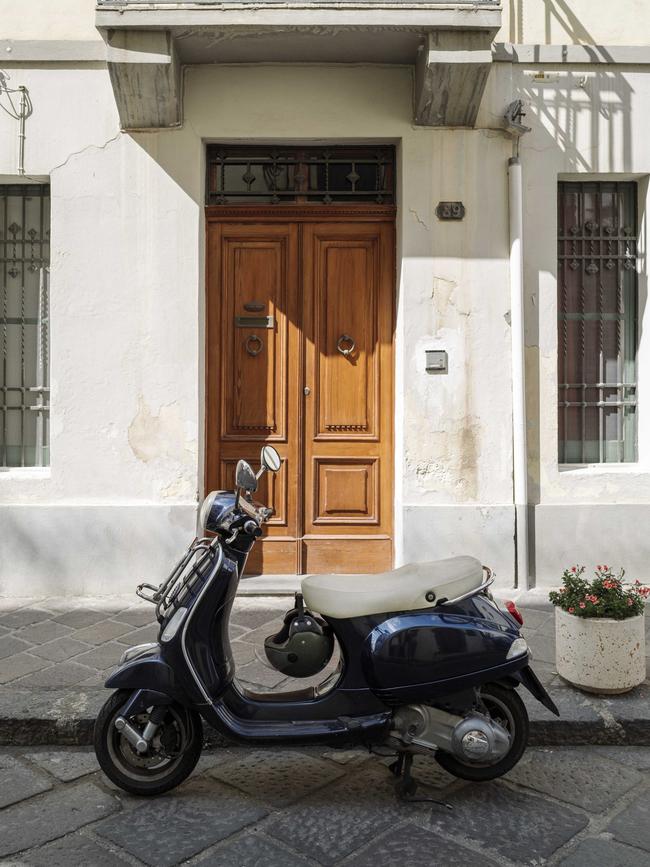
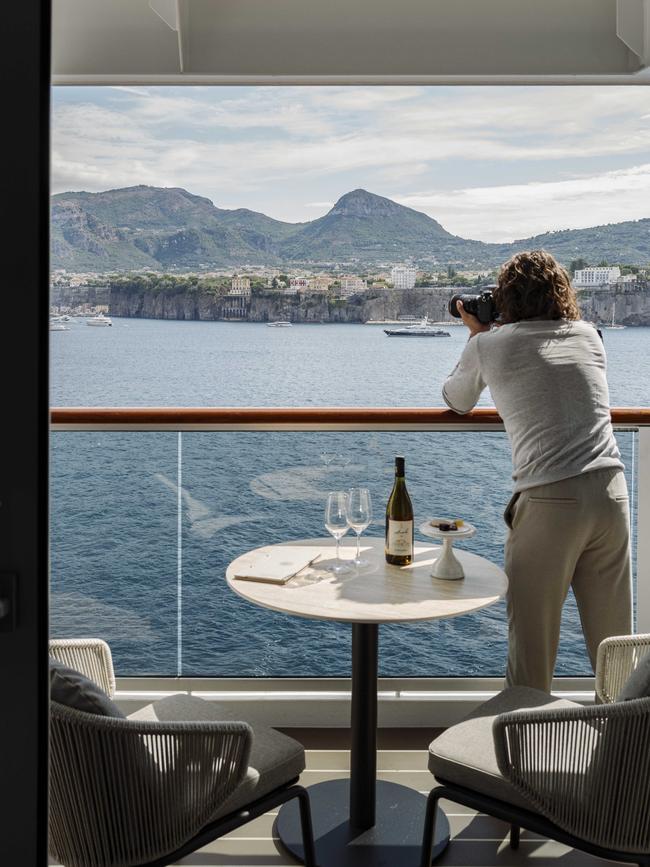
In Trapani, on Sicily’s western coast, I took an excursion to Erice, the mother of all Italian hill towns, so high it is best reached by cable car. The following morning we were in Syracuse, one of those happy cities where, whichever way you look, there was always the blue sea at the end of the street. I was eager to revisit one of my favourite buildings. The cathedral looms over the central piazza. The bare pockmarked walls and the massive stone piers were old when Caesar began to doubt Brutus’s loyalty. Originally a Byzantine basilica, it incorporates a Greek temple of the fifth century BC; the long rows of fat columns, 2500 years old, are still part of the cathedral walls.
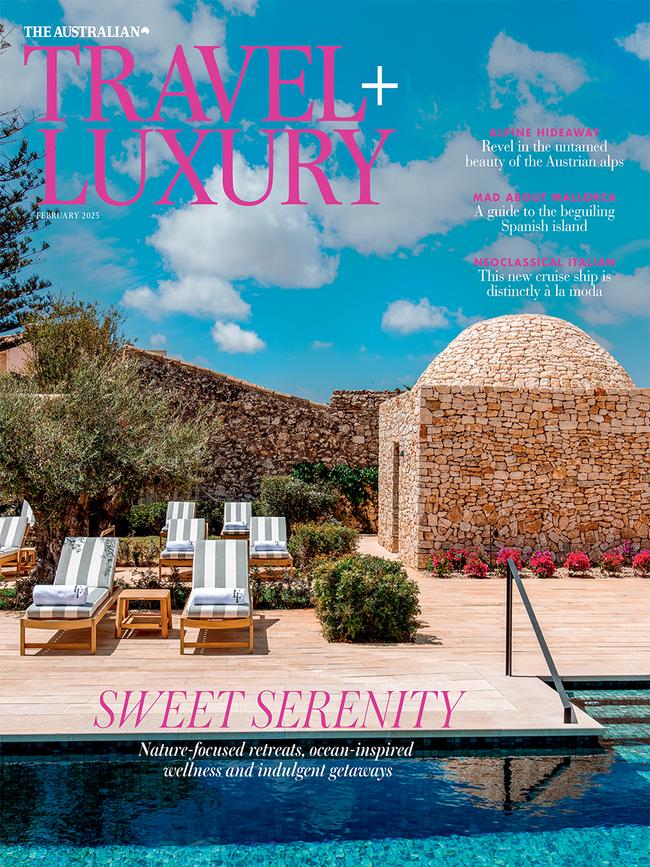
Caravaggio arrived here in 1608 as he fled between the magnificent cities of this coast. Across town, I found The Burial of Saint Lucy, another of his stunning paintings. Two hulking gravediggers are bent over their shovels, their limbs muddy with the earth they are digging. The corpse of Lucy lies at the feet of a priest. A small crowd has gathered. Above them, occupying two-thirds of the canvas, are bare, stained, pockmarked walls, like those of the ancient cathedral.
That night, Explora II felt her way through the moonlight to Malta. Encased in its fortifications, draped round its splendid harbour, Malta feels stalled in some time warp, its narrow streets overhung with balcony windows while the shop signs – wooden, peeling, with outdated lettering – would delight an antique dealer. The island was Caravaggio’s last hope. He thought the Grand Master of the Knights of St John might plead his case with the Roman authorities. They made him a knight and showered him with commissions. But it didn’t last. In a brawl with the painter, an aristocratic knight was badly injured. Caravaggio was imprisoned, then expelled, in the words of the archives, “like a rotten and fetid limb”.
He left behind one of his greatest paintings in St John’s Co-Cathedral. It’s another beheading. A half-naked Roman soldier is drawing his knife. A woman weeps. Another holds a platter to receive the head of John the Baptist. It’s visceral, dramatic, horrifying, the figure of the soldier strangely contorted as he holds the saint’s head to the ground. It has been called “one of the most important works in Western painting”. Curiously, it’s the only painting he signed. His name appears in the spilled blood from the saint’s neck.
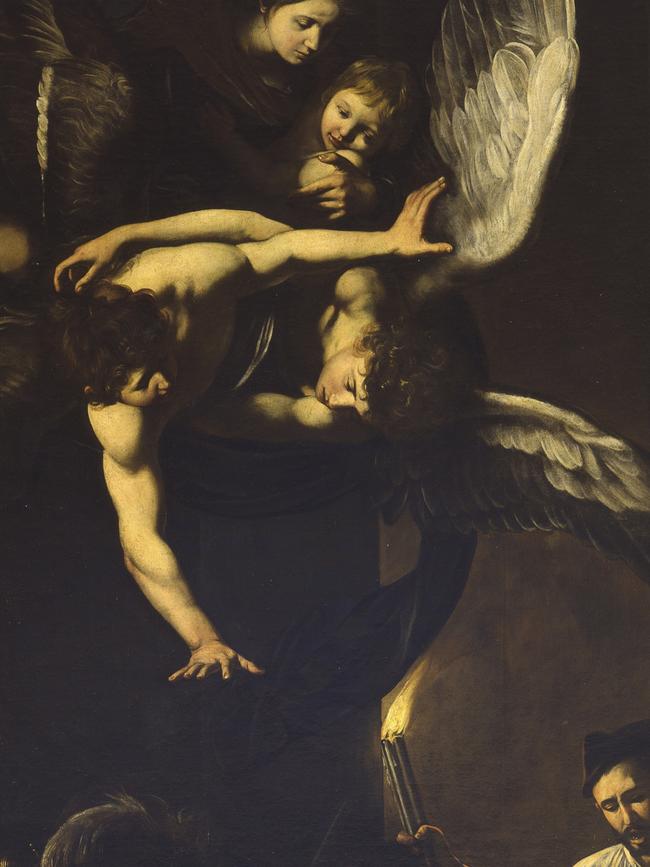
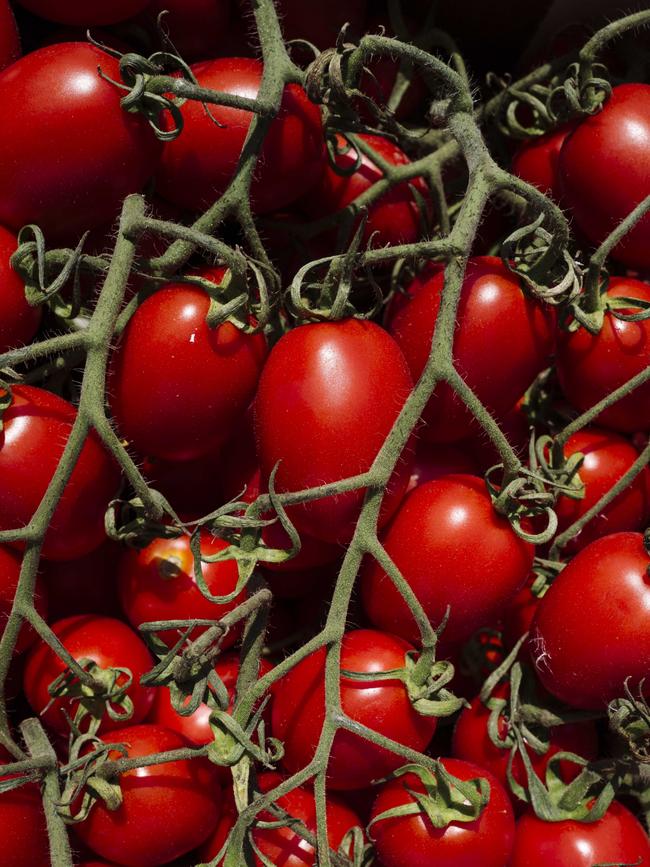
From Malta we crossed the Mediterranean to southern Spain, which meant a full day at sea. I was happy to be out of sight of land. There’s some innocence about the open ocean, away from the complexities of our man-made world – perhaps away, too, from Caravaggio’s dark visions. Explora II was full of diversions. I lounged by the pools, went to the spa, took afternoon tea, read in the library, played pickleball, browsed the art galleries, had cocktails in the Sky Bar. I would have been happy to sail onwards through the Pillars of Hercules and across the Atlantic for the chance to spend another week on this wonderful boat, in its never-never world. I was finally getting with the program.
As for Caravaggio, he didn’t survive long after Malta. Tentatively making his way back to Rome, hoping his art might allow papal mercy, he fell ill with a fever and died on the Italian coast, not far from where we had set sail. He would have enjoyed this boat. It was the perfect escape. Though perhaps fellow guests would have been advised to decline any invitations to drinks in the Malt Whisky Bar or tennis on the top deck.
The writer was a guest of Explora Journeys. In the 2025 northern summer Explora II will be sailing in the western Mediterranean. explorajourneys.com



To join the conversation, please log in. Don't have an account? Register
Join the conversation, you are commenting as Logout